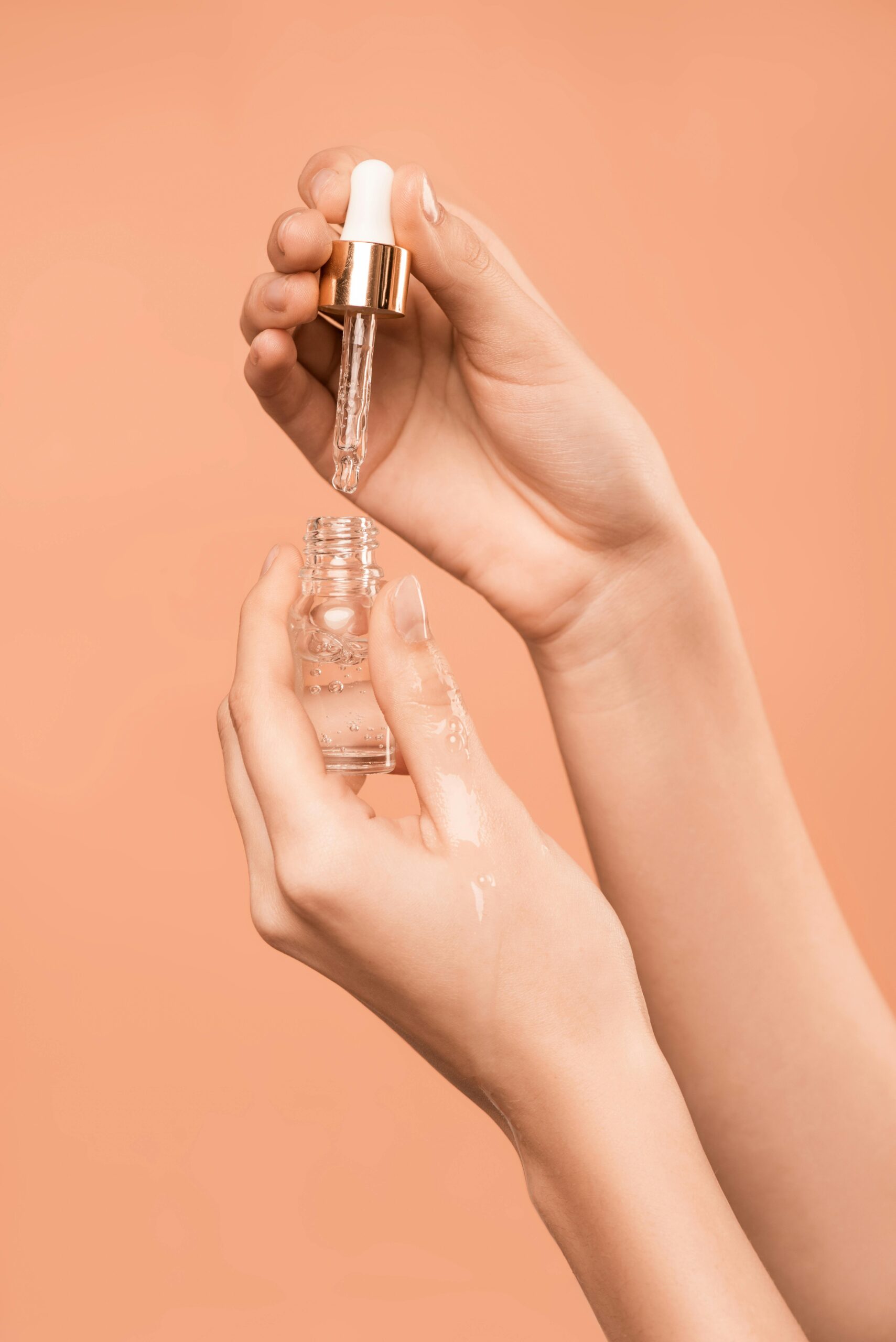Why Mineral Sunscreen is the Future of Sun Protection
As public awareness about skin health and sun damage grows, choosing the right sunscreen has become more important than ever. While chemical sunscreens have long dominated the market, mineral sunscreen—also known as physical sunscreen—is emerging as the gold standard in sun protection. With its natural ingredients, broad-spectrum coverage, and environmentally friendly profile, it’s no surprise that dermatologists and skincare enthusiasts alike are turning to mineral-based formulas.
Here’s why mineral sunscreen is the future of sun protection and why you should consider making the switch.
What Is Mineral Sunscreen?
Mineral sunscreens use natural active ingredients such as zinc oxide and titanium dioxide to create a physical barrier on the skin. Unlike chemical sunscreens, which absorb UV rays and convert them into heat, mineral sunscreens reflect UV rays away from the skin’s surface.
This physical method of protection starts working immediately upon application and is less likely to cause irritation, making mineral sunscreen a great choice for sensitive skin and children.
Mineral sunscreens, on the other hand, sit on the skin rather than being absorbed into it. This means there’s a lower chance of irritation, redness, or allergic reactions. Additionally, zinc oxide has anti-inflammatory properties, which can help soothe irritated or acne-prone skin.
2. Immediate UV Protection
Unlike chemical sunscreens that require 15–30 minutes to activate, mineral sunscreens begin working as soon as you apply them. This makes them ideal for people who are always on the go or need sun protection in a hurry.
This instant protection is particularly beneficial for outdoor activities such as hiking, swimming, or sports, where you might be exposed to the sun without much notice.
3. Broad-Spectrum Coverage
Mineral sunscreens provide broad-spectrum protection, meaning they shield your skin from both UVA and UVB rays. UVA rays contribute to premature aging and skin cancer, while UVB rays are responsible for sunburns. Zinc oxide, in particular, is highly effective at blocking out a wide range of ultraviolet rays, offering some of the most comprehensive protection available.
4. Reef-Safe and Environmentally Friendly
Growing environmental concerns have also shifted consumer interest toward reef-safe sunscreens. Many chemical sunscreen ingredients—especially oxybenzone and octinoxate—are known to contribute to coral bleaching and marine pollution.
Mineral sunscreens, especially those labeled as “reef-safe,” do not contain these harmful ingredients, making them a more sustainable option. Several coastal regions, including Hawaii and parts of the Caribbean, have already banned chemical sunscreens to protect marine ecosystems.
5. Safe for Pregnant Women and Children
Because mineral sunscreens use naturally occurring ingredients, they are generally considered safe for pregnant women, babies, and children. Pediatricians often recommend mineral-based sun protection for young children, whose developing skin is more sensitive to synthetic chemicals.
For expectant mothers, avoiding certain chemical filters is often advised. Zinc oxide and titanium dioxide are not absorbed into the bloodstream, making them a safer option during pregnancy.
6. Evolving Formulas for Better Applicatio
A common criticism of mineral sunscreen has been its chalky or white cast, particularly on darker skin tones. However, advances in skincare formulations have led to tinted mineral sunscreens, sheer finishes, and lightweight textures that blend easily and leave no residue.
Brands are now creating mineral sunscreens that are non-comedogenic, water-resistant, and suitable for all skin tones, addressing previous drawbacks and making them more appealing to a wider audience.
Final Thoughts: Mineral Sunscreen Is Here to Stay
As people become more conscious about what they put on their skin—and how their choices impact the planet—mineral sunscreen is poised to become the go-to sun protection option. With its safer ingredients, broad-spectrum coverage, immediate effectiveness, and environmental benefits, it’s easy to see why mineral sunscreen is gaining traction across the skincare industry.
Whether you’re shopping for your daily SPF or planning your next beach vacation, choosing a mineral sunscreen is a smart, future-proof decision. Make the switch today and protect your skin—and the environment—for years to come.















